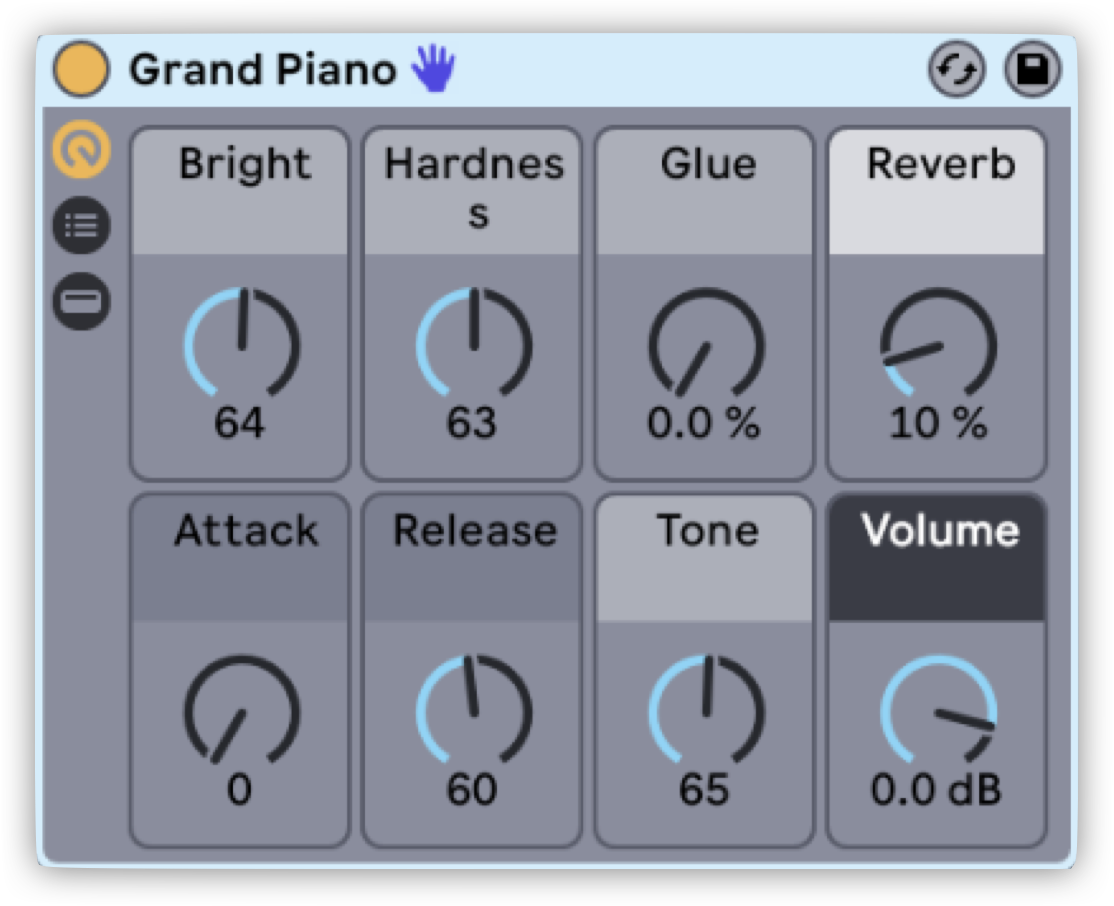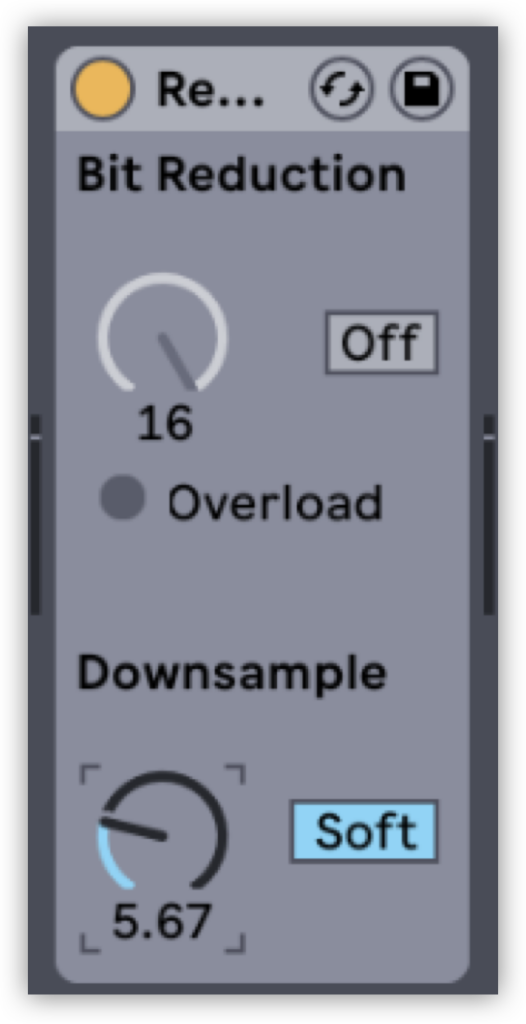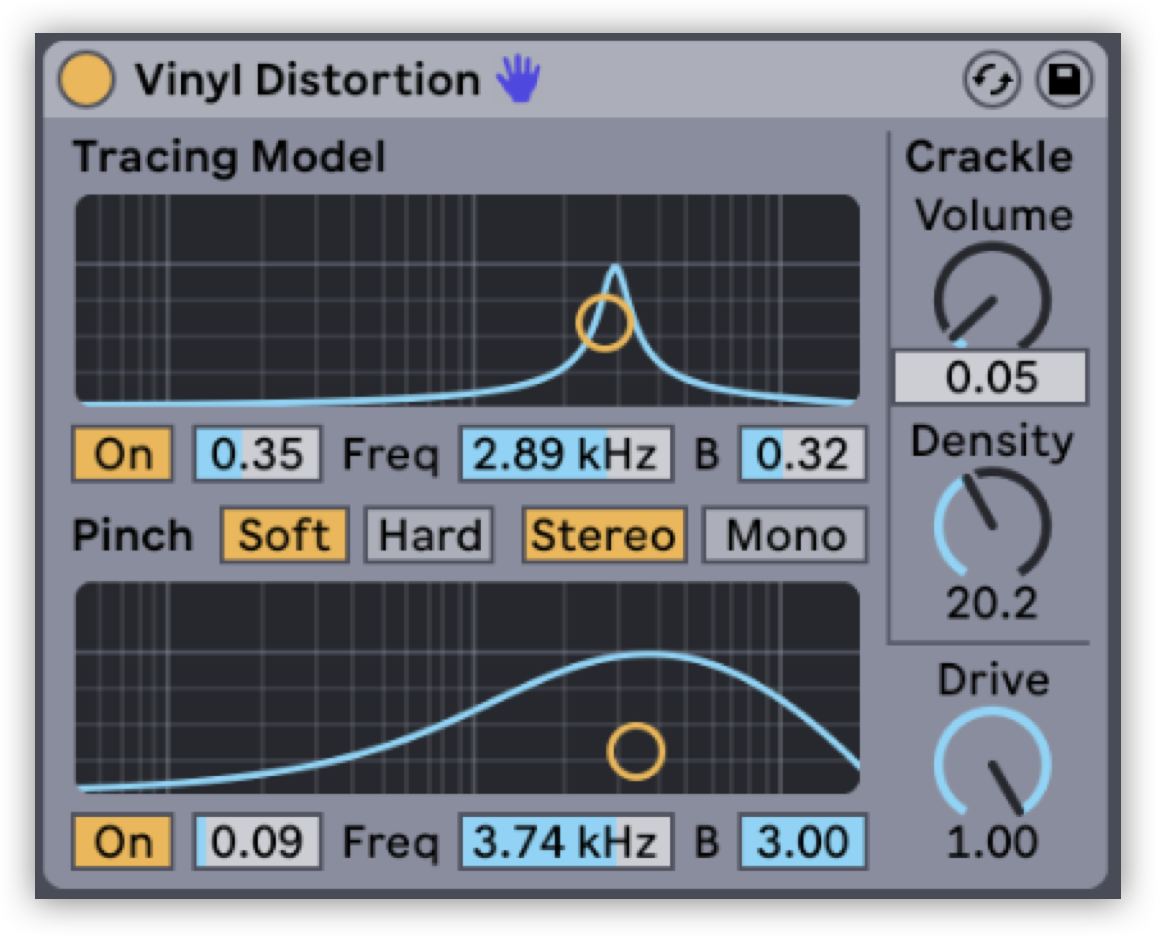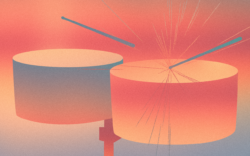Lo-fi house, hip hop, and jazz have exploded in popularity recently, and piano is a staple instrument across these styles.
In a previous article, we’ve discussed how to humanize your piano tracks. In this video tutorial, we’re going to focus on sound design – let’s explore how we can transform Ableton’s stock Grand Piano instrument into a compelling lo-fi piano, using nothing but the DAW’s native plugins.
Download the final lo-fi piano instrument we created here (Ableton 10.1 required).
We’ve highlighted some key tips from the video below.
1. Load Ableton’s stock Grand Piano instrument

To find the Grand Piano, navigate to the Browser on the left hand side, and then go to Instruments → Instrument Racks → Pianos & Keys. You’ll see a preset simply called Grand Piano.adg – this is Ableton’s standard grand piano sound.
2. Downsample the sound

The Redux device is useful for downsampling and distorting a sound. To give the clean Grand Piano some initial grit, drop Redux on the piano track and set Downsample to Soft. Take the Downsample parameter up ever so slightly, and you’ll start to hear a noisy shimmer – the upper frequencies will start to sound aliased. Downsampling reduces the sample rate of a track, and is a great way to make anything sound “lo-fi.”
3. Dial in some frequency shift

The Frequency Shifter device is going to give a slight wobble to the pitch; this is important in simulating the sound of aged tape. Increase the LFO Amount to around 5 Hz and the Rate to around 2 – 3 Hz. Lastly, take the Spread up just a bit to your desired taste.
4. Add vinyl distortion

The Vinyl Distortion device will provide a nice background noise with its Crackle parameter, but it’s important to not overdo it. It’s also nice to adjust the frequency of the Pinch engine – this will add more color and distortion to different parts of the piano sound.
5) Top off your lo-fi piano with some reverb

Lastly, use the Reverb plugin to add some atmosphere and sustain to the sound. The important parameters to adjust are the Size (make it a lower value to emulate a smaller space like a bathroom), Decay Time (adjust to taste), and the Dry/Wet balance.
Here’s our final sound – in the video, we walkthrough how you can glue everything together with some compression:
Here are the chords and melody we used for this example:

Are there are any effects you like using to achieve a lo-fi piano sound? Let us know in the comments below.
Explore royalty-free sounds from leading artists, producers, and sound designers:
August 21, 2019

.svg)
.svg)




